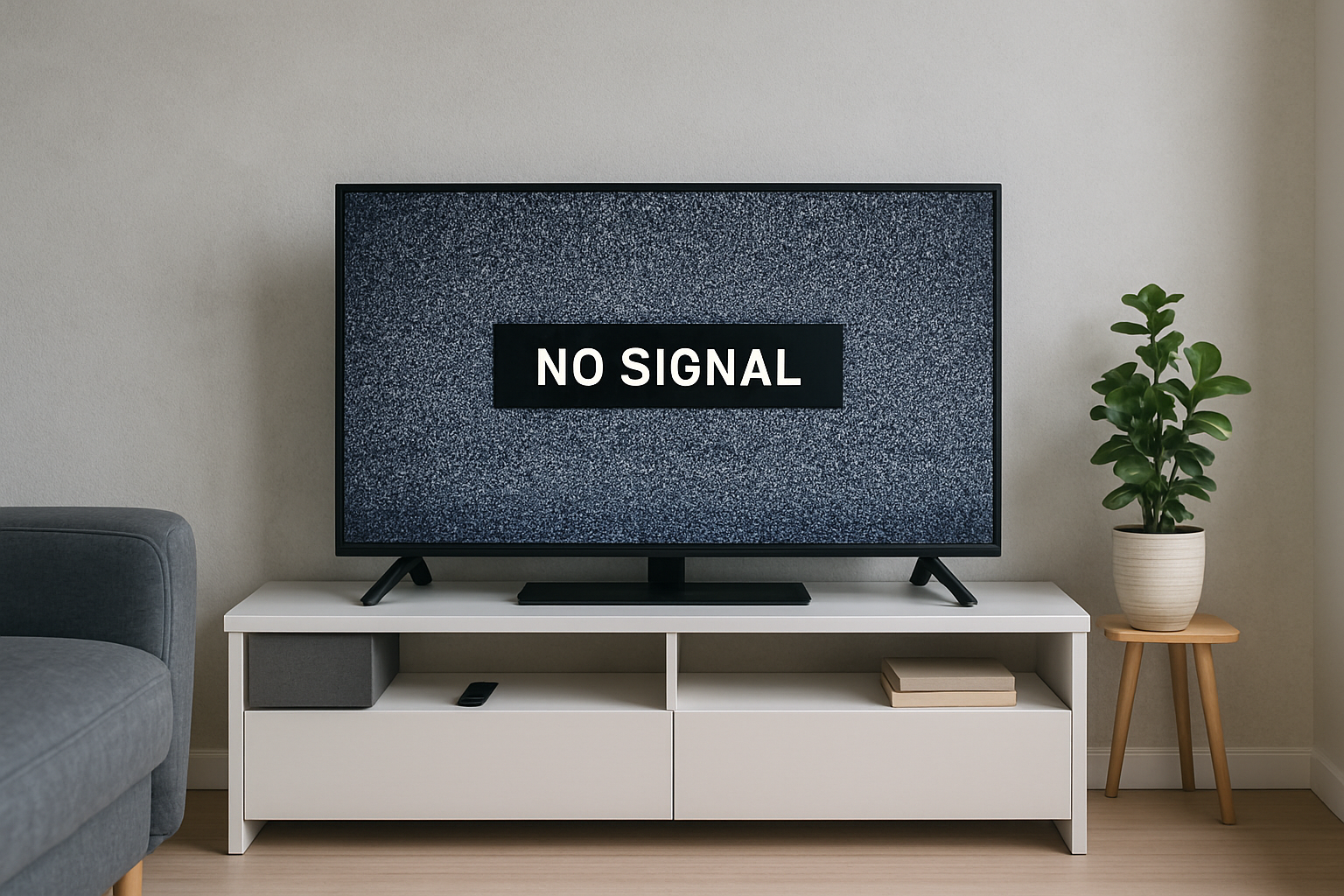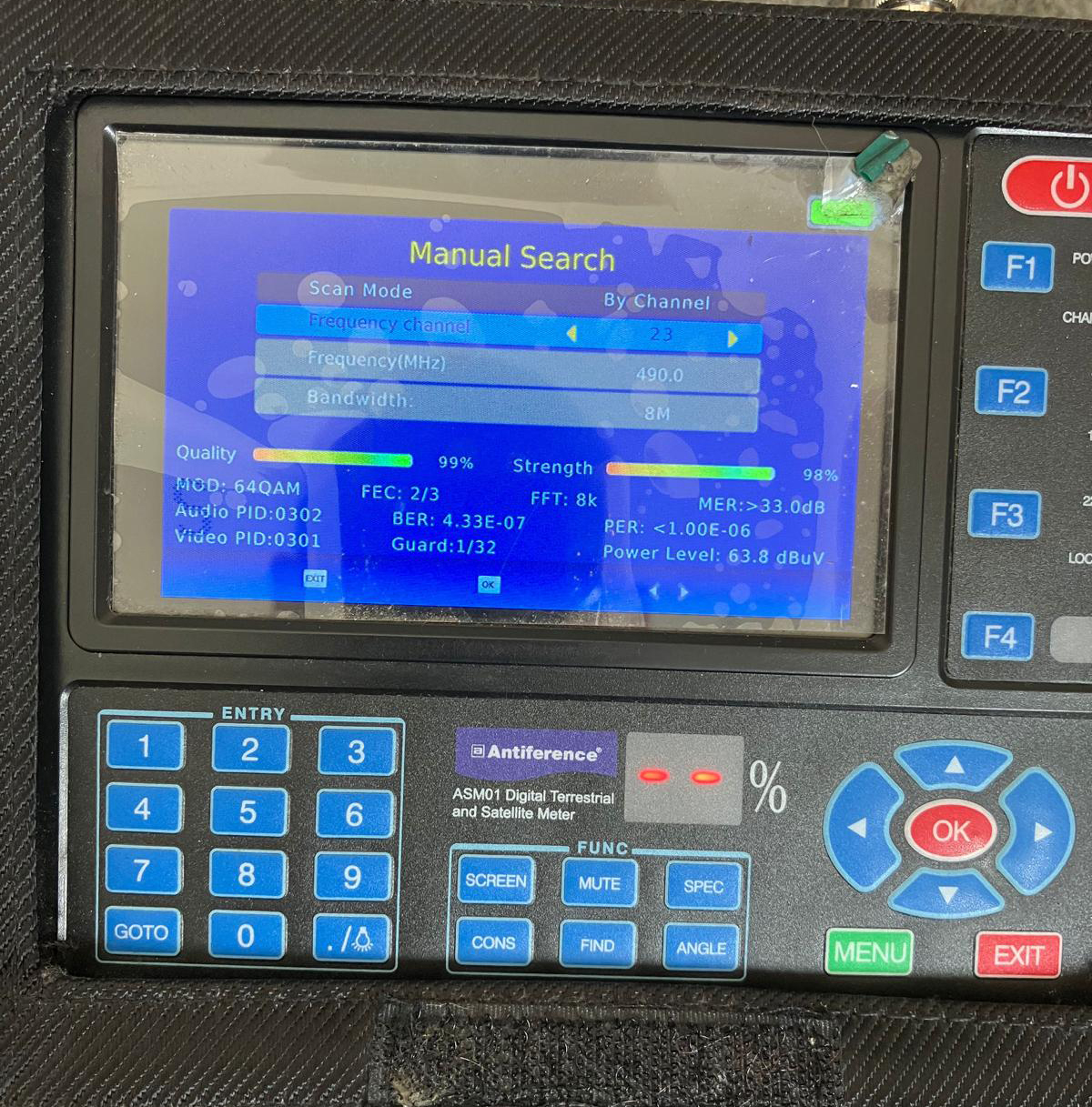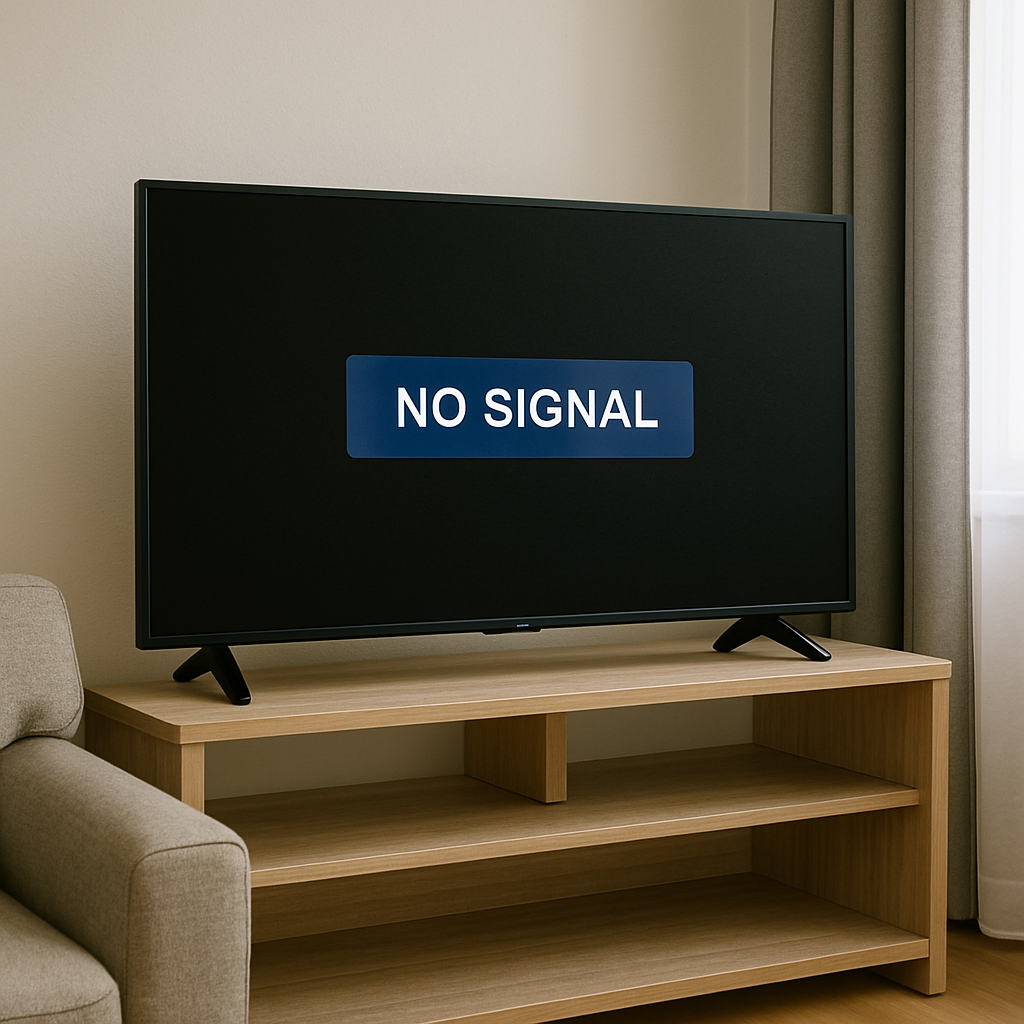Antenna positioning: How height and direction affect reception

TV Aerial Positioning Guide
The position and orientation of your TV aerial (antenna) plays a critical role in the quality of your reception. Even the best aerial won't perform well if it's not correctly aligned or installed at the optimal height. Here's how positioning influences signal strength—and how to get it right.Elevation Importance
- Height Benefits:
- Clear line of sight
- Obstacle avoidance
- Signal strength improvement
- Reception reliability
- Installation Tips:
- Chimney mounting
- Gable end placement
- Maximum height use
- Safety considerations
Direction and Alignment
- Alignment Factors:
- Transmitter direction
- Angle precision
- Signal quality
- Interference prevention
- Alignment Tools:
- Compass use
- Signal meters
- Professional equipment
- Fine-tuning methods
Interference Prevention
- Common Obstructions:
- Satellite dishes
- Metal gutters
- Reflective glass
- Power cables
- Best Practices:
- Metal object avoidance
- Power line separation
- Signal source isolation
- Clear path maintenance
Aerial Type Selection
- Available Options:
- High-gain aerials
- Wideband models
- Directional types
- Specialized designs
- Selection Factors:
- Signal strength needs
- Location challenges
- Obstruction handling
- Performance requirements















